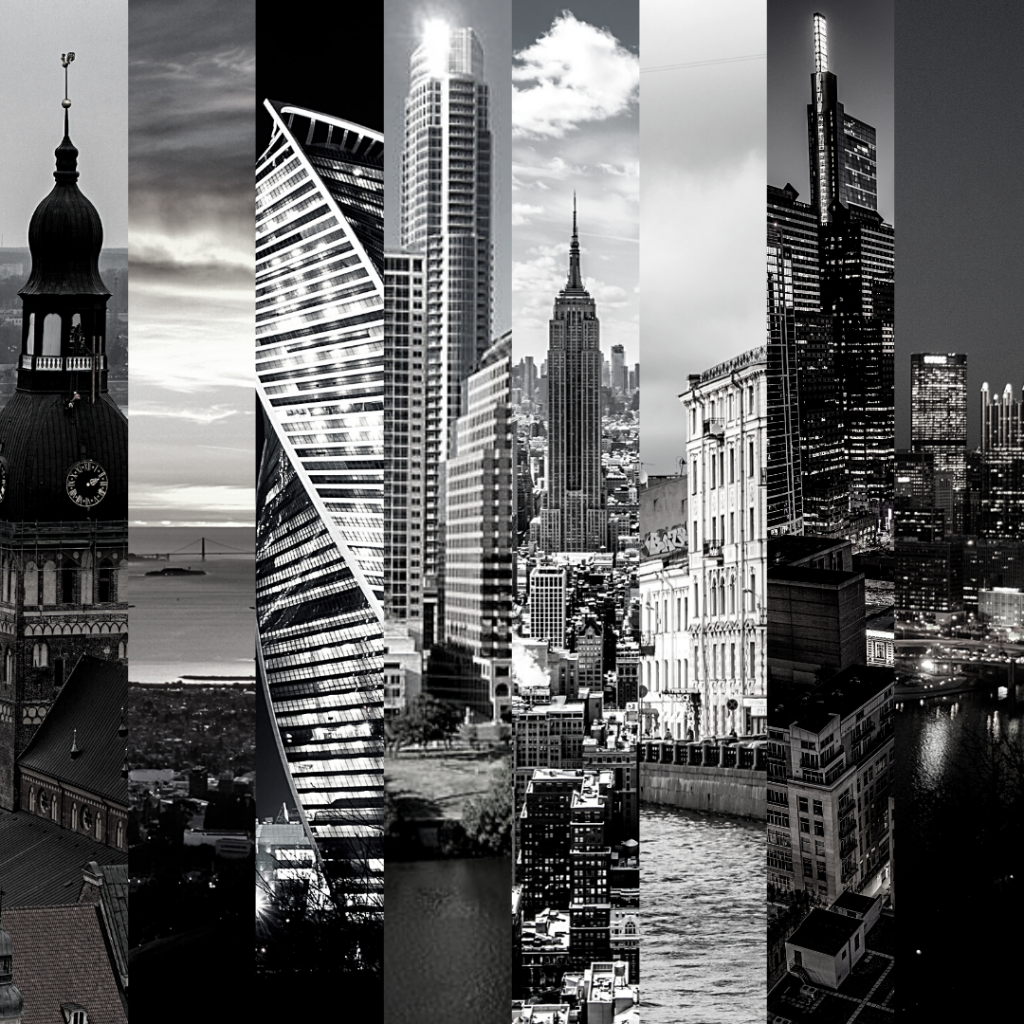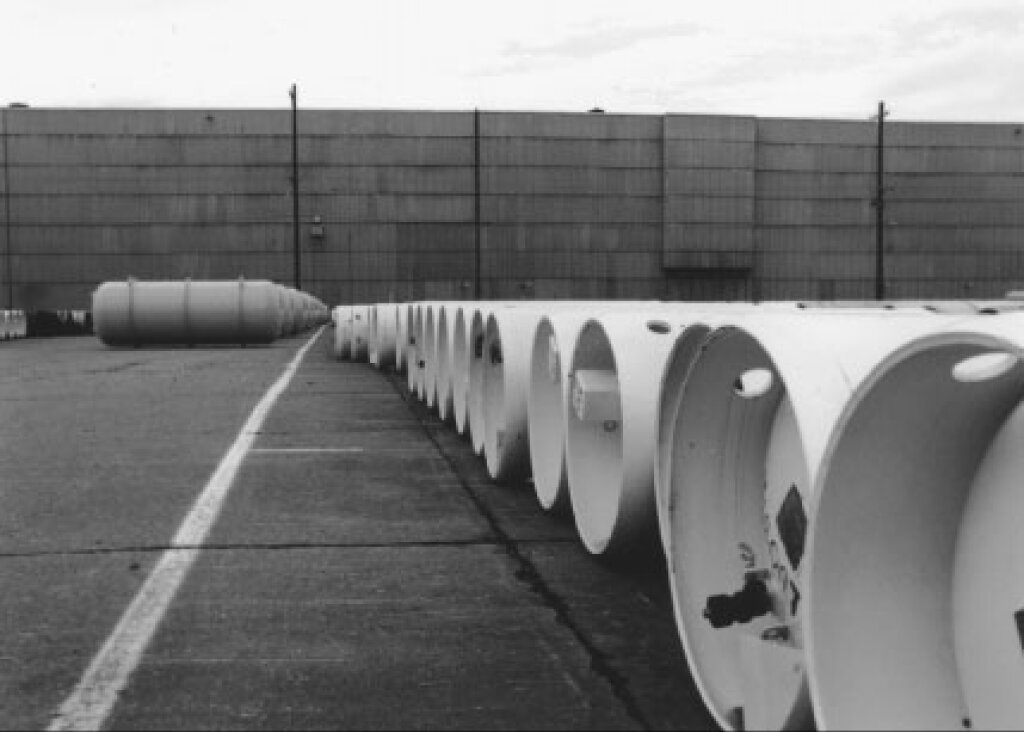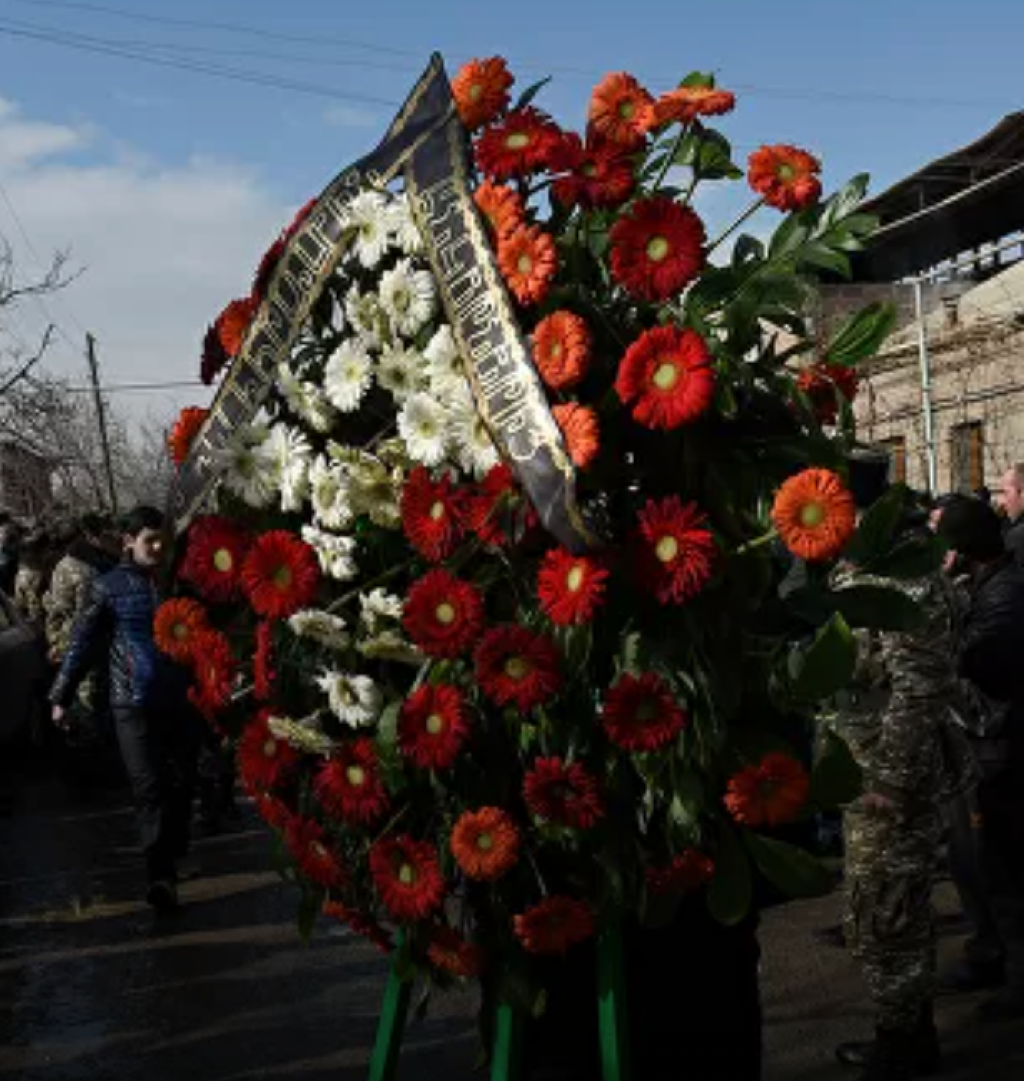In Fall 2020, our friend and colleague Stephen Cohen passed away. At the time, we honored him with a post containing testimonials from past and current recipients of the Stephen Cohen Fellowship, which funds graduate education for master’s students in the Department of Russian & Slavic Studies at NYU, and the Cohen-Tucker Fellowship, which supports dissertation research in the field of Russian Studies. This semester, we are publishing a series focusing on Cohen and Cohen-Tucker Fellows' experiences and research in the REEES field. This is the third such post. Past installments in the series may be found here.
This is Part II of a two-part post. Part I may be found here.
Geoffrey Durham is a PhD candidate in the Department of History at the University of Pennsylvania.
The International Meter Commission first met in August of 1870, which proved to be a rather inopportune time given the outbreak of the Franco-Prussian War on July 19th. Though most of the foreign delegates couldn’t travel to Paris, those that did attend made important decisions that determined the range of possibilities for future meetings.
The French delegation stuck to its plan of trying to limit the scope of the commission’s work to drafting protocols for manufacturing, verifying, and storing metric prototypes. The Russian delegation, led by Jacobi and Struve, sought to widen the commission’s responsibilities. A resolution that Struve helped to draft suggested that the commission should consider all metric units (not just the meter) and work to produce new international prototypes to replace the ones then sitting in the Paris Archives. The assembled delegates passed Struve’s resolution, effectively rerouting the commission’s course from the more conservative itinerary offered by the French delegation.
So, in 1870, the delegates confirmed the redefinition of the meter and other metric units according to the creation of new prototypes. But how to define the new meter? There was no will to conduct another meridian survey or to determine a new meter prototype from scratch. Adolph Hirsch, a Swiss delegate, asserted that there could be no theoretical basis for the meter, and that the commission should proceed by building a new meter prototype according to a standardized procedure to be agreed upon at a future date.
Thus, there would be a new, definitional exemplar of an international, not French, meter.
That this resolution passed marked a significant victory for the direction that Jacobi had helped chart. The commission would redefine the meter. But because there were so few delegates, those present resolved to put off the remaining technical and organizational decisions until a time when more delegates could participate.
In September and October 1872, the meter commission reconvened in Paris, this time with representatives of twenty-nine countries from Europe and the Americas. The most important recommendation coming out of the 1872 meetings was the call to establish a permanent international institution that would be responsible for governing international metrological affairs moving forward.
Because the delegates at the 1872 meetings were mostly scholars, they lacked the authority to commit their governments to participate in the establishment of a permanent international body. Nevertheless, this move was an important step, and is emblematic of the creation of a novel type of international organization devoted to truly internationalist rather than multilateral causes advancing particular, albeit collective, interests. (Other examples include the International Telegraph Union [1865] and the International Convention for the Protection of Industrial Property [1883].)
To advance the creation of an international body, the commission’s participants solicited the convention of a diplomatic conference to meet in 1875. Jacobi died on March 10, 1874, and so wouldn’t live to see the full realization of his efforts to advance the cause of international metrological unification. Heinrich von Wild, a Swiss-born Russian subject, led the Russian delegations after Jacobi’s death.
Between March and May of 1875, scientific experts and diplomats hammered out the details for the creation of prototypes and the constitution of a new international union. On May 20, diplomatic authorities from seventeen countries signed the Meter Convention through which they pledged to task a standing committee with the production of new prototypes and committed their governments to fund the International Bureau of Weights and Measures.
Another fourteen years passed before the prototypes were ready. In the fall of 1889, delegates from the Meter Convention’s member states met in Paris to collect their shiny new platinum prototypes. Twenty years after Jacobi kickstarted a chain of events that had been languishing in various committee meetings throughout Europe since the early 1850s, new international metric standards were ready for use.
In the closing decade of the nineteenth century and throughout the twentieth, other countries around the world obtained their own metric standards produced at the laboratories of the International Bureau of Weights and Measures in Sèvres, just outside of Paris.
Though Alexander II never issued an invitation to foreign scholars to convene in St. Petersburg, it was Jacobi’s proposal that catalyzed the particular chain of events that led to the specific form of the international meter at the end of the nineteenth century. Jacobi’s efforts also demonstrate the ways that, from the mid-nineteenth century forward, scholars began to play an influential role in diplomatic affairs, helping forge a new type of internationalist engagement.
Without Jacobi’s actions, it’s certainly possible that another metric system would have attained some degree of international adoption. Understanding this specific process of internationalization, however, is key to recasting the story of the metric system’s internationalization. The metric system didn’t become international because it was more rational than other systems; it became international because some Russian academicians and their colleagues from Europe and the Americas made it so.



